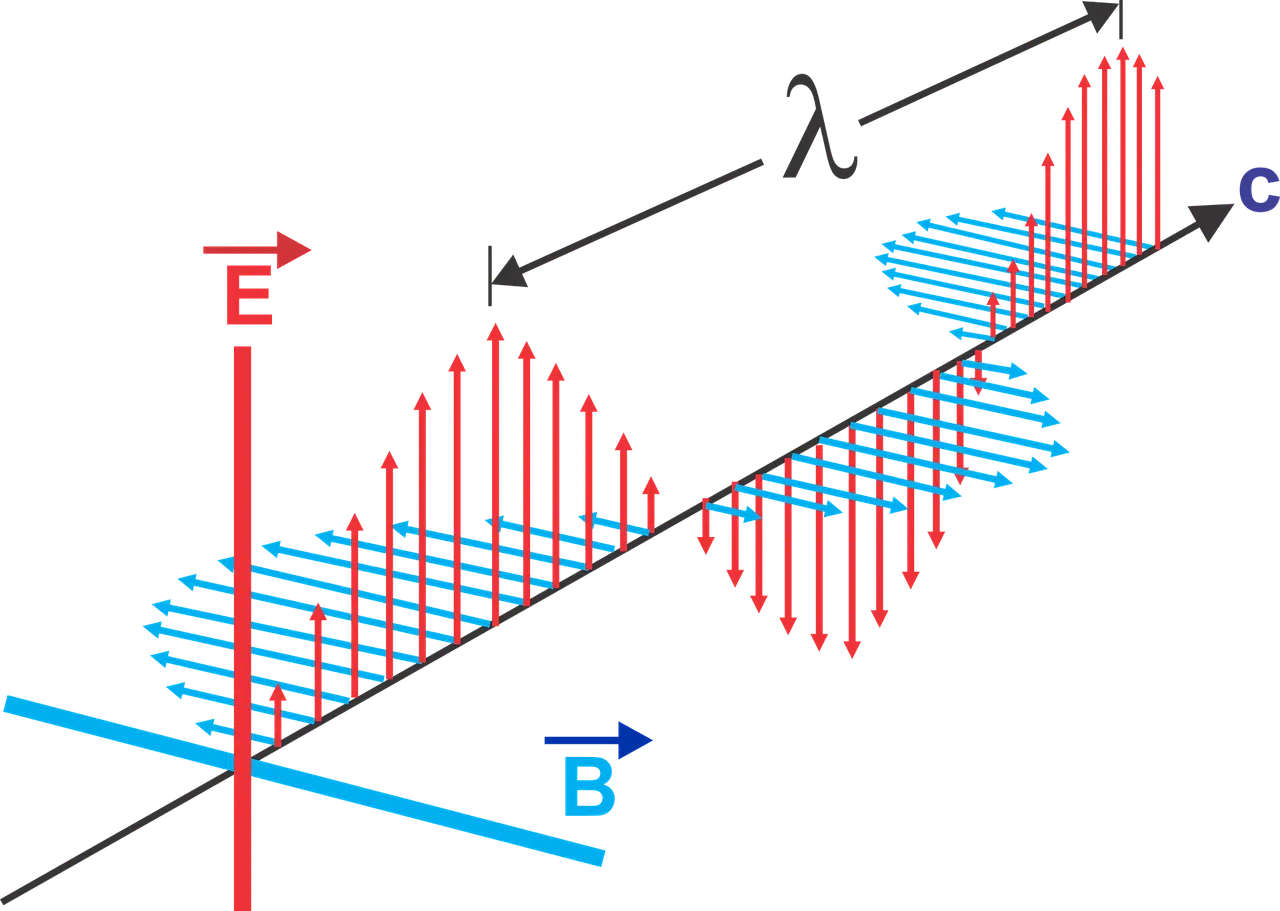
The Compton equation is used to predict a change in wavelength linked to the electromagnetic radiation that has been scattered.
Compton effect is the name of a phenomenon that was studied in 1923 by Arthur Compton , an American physicist who made valuable scientific contributions. In 1927, this expert who had X-rays as an object of interest and discovered that a photon , upon colliding with a free electron and losing a portion of energy, sees its wavelength increased, received the Nobel Prize in Physics .
It should be noted that before this specialist demonstrated that light has a quantum nature, the German Max Planck , who did not notice (or, at least, did not let us know) that light could develop as a particle, had made discoveries that They gave content to the so-called Planck's law or spectral law of black body radiation . This principle, which deals with describing the electromagnetic radiation that, when in thermal equilibrium at a specific temperature, is capable of emitting a black body, revolutionized both modern physics and quantum theory . Albert Einstein , meanwhile, had been in charge of explaining what the photoelectric effect consists of and designated the current photons as "light quanta" , but he failed to demonstrate the existence of waves and particles associated with light.
After experimenting, drawing conclusions and presenting results about the also classified as Compton dispersion , the aforementioned physicist marked a before and after in science since, thanks to his work, a more precise look at the essence and behavior of the light, which must adopt a particle behavior when it is intended to refer to the Compton effect . In this context, adding the contributions of the French-born physicist Louis de Broglie , the wave-particle duality typical of quantum mechanics gained prominence. With his work, Arthur confirmed that light must be approached as a flow of particle-like elements whose energy is proportional to the frequency of the light wave whenever we seek to explain what Compton dispersion consists of in a low intensity framework.
Applications of the Compton effect
The Compton effect , the most prominent of the interactions in the realm of the intermediate energy level, is exploited and applied in a wide variety of disciplines and situations.
The scattering identified as Compton , for example, is very useful within radiobiology . It is used in radiotherapy and has importance in the method called gamma spectroscopy .
Medical diagnosis by imaging (when interpreting the results of a computed tomography scan , for example), as can be deduced from practice, is greatly favored by the Compton effect since, as a consequence of the scattering of X-rays that come into contact with biological tissues, detailed three-dimensional profile images, and in high resolution, can be created of the density and composition of the analyzed material.
Those who specialize in astrophysics or are dedicated to X-ray astronomy , meanwhile, know from experience the value of inverse-type Compton dispersion . Thanks to the Compton effect, gamma rays that are produced in space as a result of some high-energy astrophysical phenomenon and do not reach the Earth 's surface can be detected.
And in the industrial sector, the so-called Compton scattering (which describes an inelastic scattering of photons produced by free particles that are charged) makes it possible to examine materials with the aim of discovering possible defects through non-destructive techniques.

For imaging diagnosis, the Compton effect is extremely useful.
Theoretical foundations and associated notions
There are several notions associated with the Compton effect , a phenomenon characterized by scattered radiation that, in certain circumstances, reaches a wavelength that is greater in relation to the incident one. This dispersion, which accounts for an alteration in the direction taken by photons after their interaction with electrons, is essential when it comes to appreciating the duality of light .
The mathematical expression of the Compton shift , experts on the subject indicate, can be established taking into consideration the links of relativistic mechanics and the corpuscular condition of radiation . The calculation must not lack references to a photon , with a certain wavelength and momentum in the direction of an electron that is at rest. This class of equations can be verified by the law of conservation of momentum .

In Compton scattering, key to understanding the dual character of light, inelastic scattering occurs.
It is also constructive to know that, as happens when applying the photoelectric effect , the result of observing the Compton effect in practice is the obtaining of an ionized residual atom . Both this effect and the so-called Thomson effect make up the most common dispersive radiation-matter phenomena in nature, but Thomson scattering is considered to be in a range below that of Compton scattering . When the case of high-energy scattering of low-energy photons by relativistic electrons occurs, meanwhile, we speak of the inverse Compton effect or, in English, scattering .
